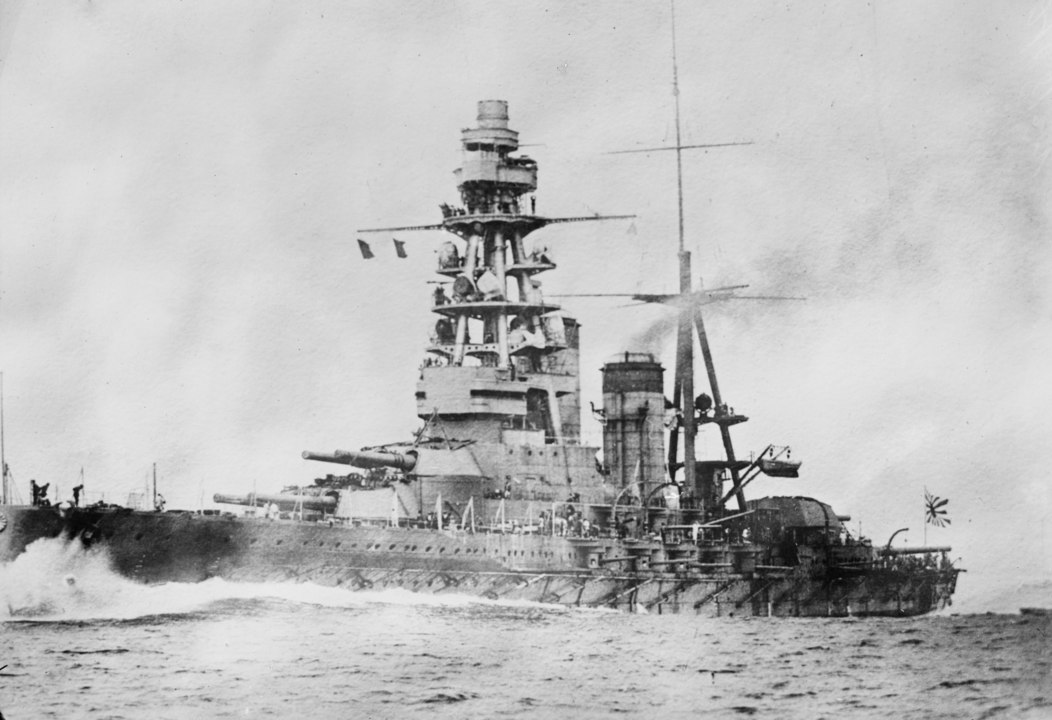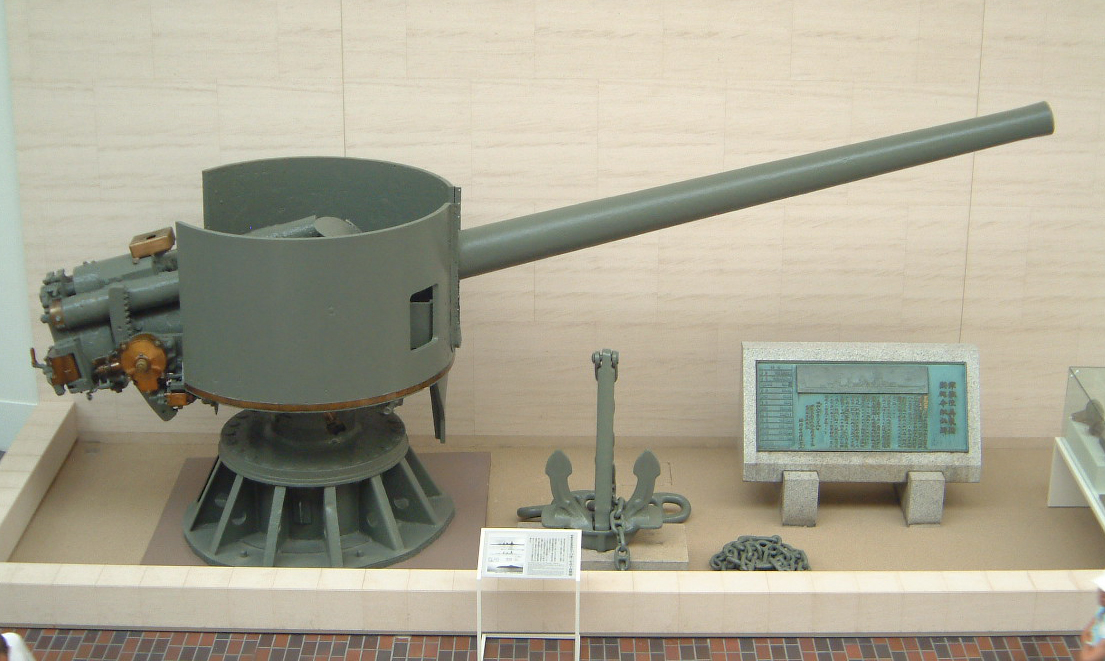
The Imperial Japanese Navy’s battleship Mutsu sank on June 8, 1943.

This sophisticated leviathan, one of Japan’s Nagato-class dreadnoughts, met an untimely end when one of her aft magazines detonated at anchor, claiming the lives of 1,121 crew members and visitors.

The cause of the explosion, investigated by the Imperial Japanese Navy, concluded probable sabotage by a disgruntled crewman.

Built at the Yokosuka Naval Arsenal and launched in 1920. The ship weighed in at a formidable 39,050 tonnes, with a beam of 34.6 meters and a length stretching to 224.94 meters following modifications. Her firepower was fearsome, with the capability to launch 41 cm shells from twin guns.

The vessel was outfitted with four Gihon geared steam turbines, with each turbine powering an individual propeller shaft.

With an initial crew complement of 1,333 officers and enlisted personnel upon completion, increasing to 1,368 in 1935, Mutsu accommodated approximately 1,475 men in 1942.

Apart from her involvement in the Battle of Midway and the Battle of the Eastern Solomons in 1942, during which she did not engage in any major combat, Mutsu dedicated much of the initial year of the Pacific War to training. In 1923, she transported provisions for the victims of the Great Kantō earthquake.

In the Hashirajima fleet anchorage on 8 June 1943, Mutsu was docked with 113 flying cadets and 40 instructors from the Tsuchiura Naval Air Group on board for orientation.

At 12:13, a detonation in the magazine of her No. 3 turret occurred, resulting in the obliteration of the nearby section of the vessel and its division into two parts. The inundation of water into the engine compartments led to the rapid capsizing and sinking of the 150-meter (490 ft) forward segment of the ship to starboard.

Following the incident, the nearby Fusō promptly deployed two boats for rescue operations. Alongside the destroyers Tamanami and Wakatsuki, as well as the cruisers Tatsuta and Mogami, a total of 353 survivors were successfully rescued from the 1,474 individuals comprising Mutsu’s crew and visitors. Tragically, 1,121 individuals lost their lives in the explosion. Among the survivors, only 13 of the visiting aviators were accounted for.

The explosion that sank Mutsu was initially enveloped in secrecy, a necessary veil to protect morale as Japan faced mounting losses. The navy’s investigation posited that the disaster was likely the result of a crew member’s intentional act.

Divers were deployed to the site to recover bodies and evaluate the extent of damage to the ship. Before diving to the wreck, they were permitted to acquaint themselves with Mutsu’s sister vessel, Nagato.

Initially, the Navy leadership contemplated raising the wreck and refurbishing it, but these plans were abandoned following the divers’ assessment on 22 July.

As part of the inquiry, Dive-boat No. 3746, a small Nishimura-class search and rescue submarine, investigated the wreck on 17 June with a crew of seven officers. The 1.2-meter (3 ft 11 in) diameter chrysanthemum mon, representing the Imperial Throne, was salvaged in 1953 but was subsequently lost or scrapped.

From 1970 to 1978, the Fukada Salvage Company conducted salvage operations, dismantling approximately 75% of the ship. In 1995, the Mutsu Memorial Museum announced that no further salvage endeavors were scheduled.

